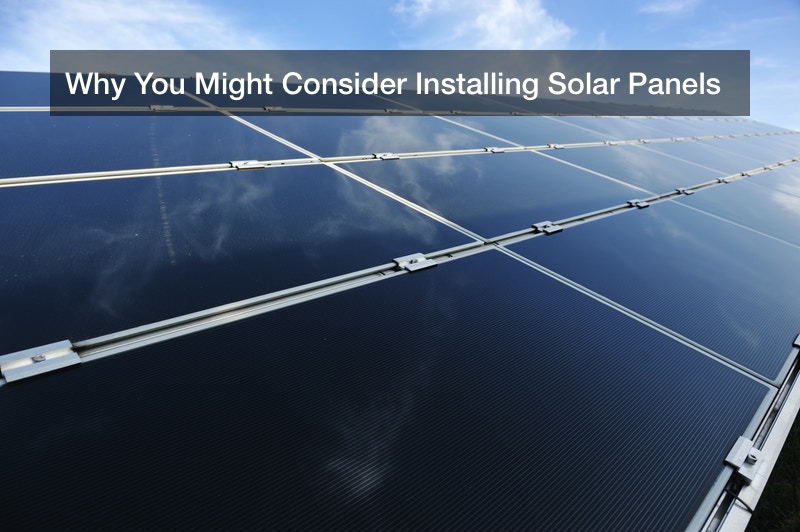
Humankind has always needed energy for work and production, and for much of history, that energy came from human and animal labor, from horse-drawn plows to blacksmith shops. Fast forward to the 19th century, and the Industrial Revolution introduced steam power to allow new heights in production and vehicle construction. The late 1800s also brought about electricity, such as for light bulbs. Finally, the 20th century has boasted traditional fossil fuel plants, nuclear plants, and clean energy sources. Solar panels and wind farms are emission-free alternatives to other sources of power, and they have become more cost friendly and powerful than ever. By now, in the 21st century, solar panels and wind farms are poised to become the new standard, and many nations around the globe are launching ambitious plans to install solar panels in record-setting numbers. While the United States may not have a federal plan to move toward solar energy, many American states and cities are launching their own programs to install solar panels in great numbers.
The Benefits of Solar Power
Why spend all the money and effort to install solar panels in these numbers? For one thing, as mentioned earlier, solar panels do not create any byproducts of any kind when they generate power. No gases, no liquids, no nuclear waste, nothing. Instead, these panels allow sunlight to excite electrons inside them, and that generates electricity on whatever scale is needed. Many nations and cities are becoming conscious about pollution levels, and solar panels are a major part of the global “go green” initiative.
For another thing, solar panels are now much more efficient and cost-friendly than they were in the 1970s when they were invented, and widespread use of solar panels for houses and commercial buildings adds a lot to the American economy. In fact, the clean energy sector now employs more Americans than the coal and oil energy sectors, and it is only becoming more and more profitable and widespread as time goes on. This not only creates many jobs for building and installing solar panels, but this also spurs new technological growth and innovation.
Finally, this is an extremely renewable resource, comparing favorably to coal and oil. A coal seam or natural gas pocket will eventually be mined dry, but solar panels derive power from the sun itself, which is going to shine for another five billion years. That is effectively infinite, and the sun provides far more power than the sum of industrialized civilization even uses. The limiting factor is not the quantity of sunlight, but the number of solar panels built to collect it.
Where to Install Solar Panels
Where should these solar panels go? They can be arranged in small or large arrays as needed, making this a flexible energy source. On a small scale, many Americans opt to have solar panels installed right on their house’s roof, and this can prove to be a fine long term investment. Solar panel company workers will install the support brackets, the panels themselves, and the wiring needed to send that solar energy to the house itself. Once the system is approved in an inspection and turned on, the house will be disconnected from the public electric grid. Now, the house generates its own power, which saves a lot on electric bills for a long time to come. And for cloudy days or nighttime power, the solar panels will charge up batteries during sunlight exposure, and those batteries provide power whenever it is needed.
Commercial buildings can and often do have solar panels installed on them for similar reasons, but some cities choose to install solar panels in truly vast quantities. In sunny states such as Texas and California, arrays of thousands of these panels can be built out in the wilderness, where there is room for the arrays and those arrays will not get in anyone’s way. Those massive arrays collect solar energy on an industrial scale, and they can power entire neighborhoods or city blocks at a time. Arrays like these can also replace fossil fuel power plants, and thus cut way down on harmful emissions. Many advanced and developing nations alike are taking this route, to spur technological growth and cut down on pollution.

